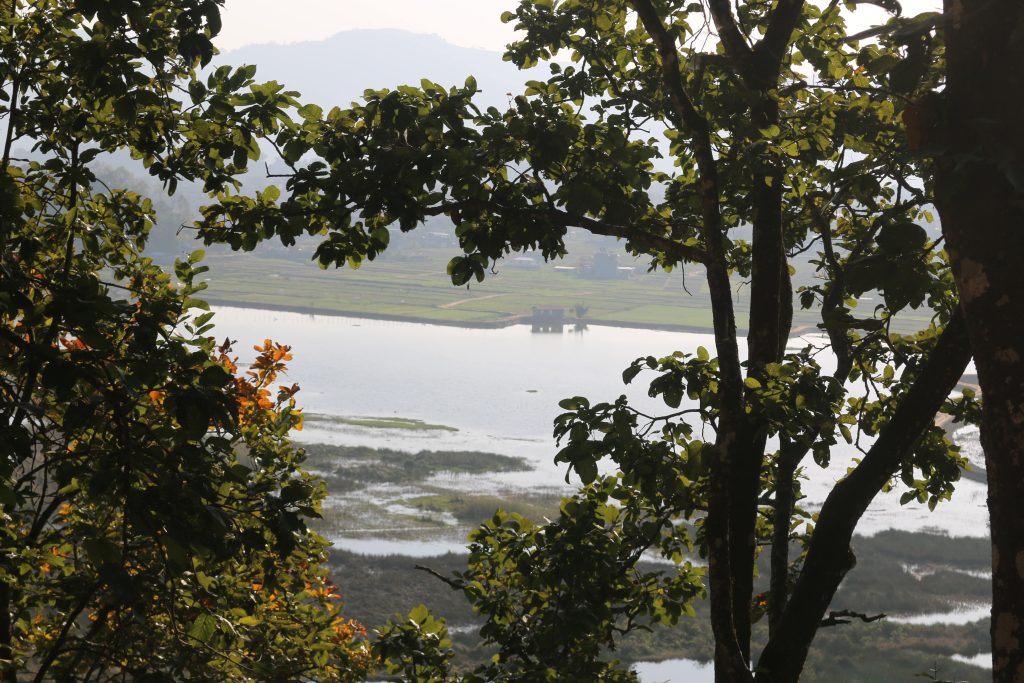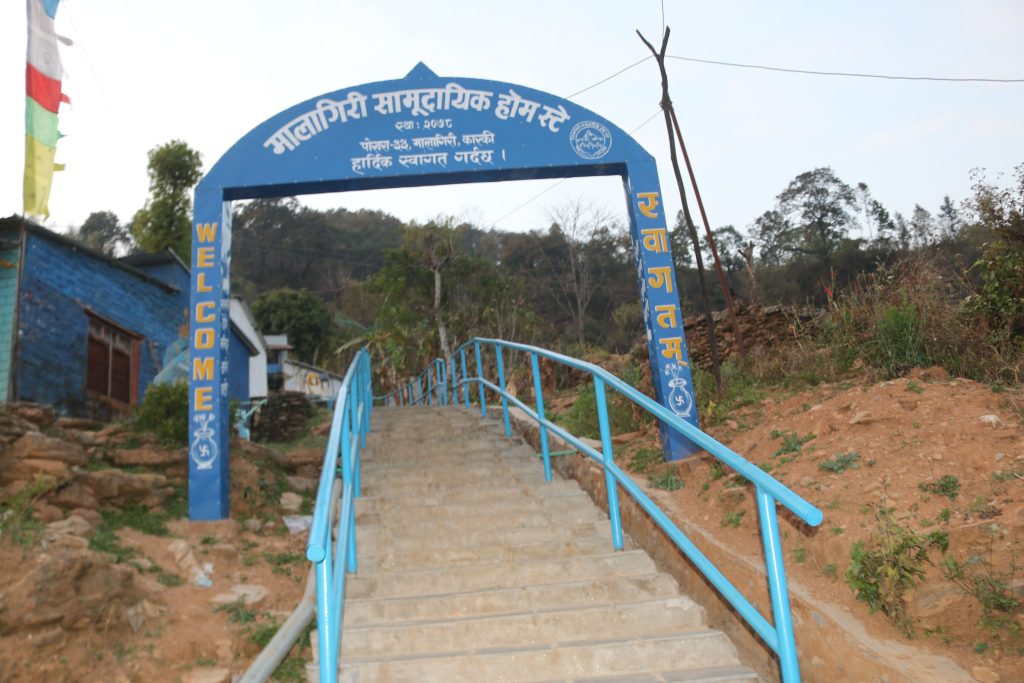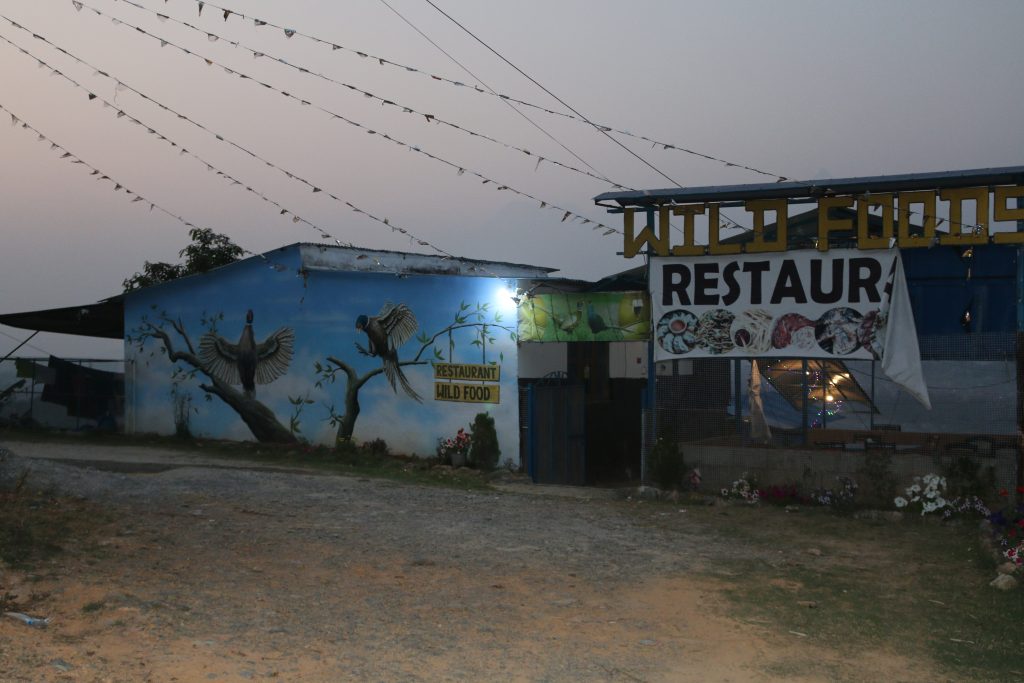Nepal has established its reputation as an ideal mountain tourist destination by successfully combining various tourism activities such as soft walking, mountain sightseeing, trekking, mountaineering, community based tourism, rural/village home-stay tourism, eco-tourism, adventure-sports tourism, and so on. Pokhara, in the centre of Nepal, is cosmically blessed and naturally gifted among the Nepal’s top tourist destinations. As a result, it has become one of the world’s most appealing tourist destinations, combining the unbeatable beauty of nature with the uniqueness of culture.
Pokhara is one of Nepal’s fastest-growing cities, the largest metropolitan city by area. Because of the prominent temples, monasteries, lakes, adventure sports, and being close to the well-known Annapurna Range, it is recognized as the tourism capital of Nepal. Tourism is thus considered as the driving industry of local economy and undoubtedly contributed significantly to the region’s economic development and the general well-being of its residents.






